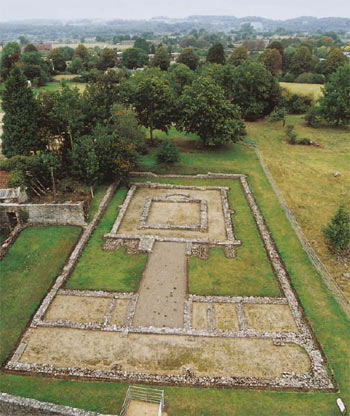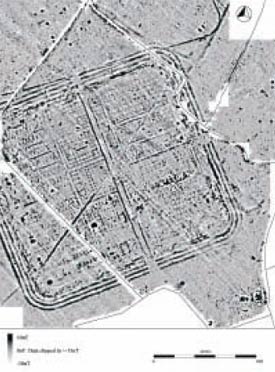ROMAN
WALES (AD 43 – AD 410)
After the Roman conquest, the evidence for change includes
diverse artefacts and documentary sources, and there is
a reasonably well-understood framework. Despite this there
are still significant gaps in knowledge.
The following are extracts/summaries of the key priorities
identified for the period. For the full text, click on the
All Wales Final Document link below.
-
Archaeology of the early campaign
years – New site evidence has begun to
question previous interpretations.
-
Interaction between Roman occupiers
and the indigenous population – Relationships
should be assessed by investigating high-status settlements
such as hillforts, small towns, villas and vici, the civilian
settlements that grew up adjacent to military ones.
-
Funerary and ritual
– There is strong evidence about beliefs and funerary
practices in most parts of the Roman world, but we have
little knowledge of them in Wales.
|

 |
The Romano-Celtic
temple at Caerwent Roman town (about AD330)
©Cadw, Welsh Assembly Government (Crown Copyright)
|

 |
Geophysical survey
of Llanfor fort, Gwynedd
.©Gwyneddd Archaeological Trust
|
|

